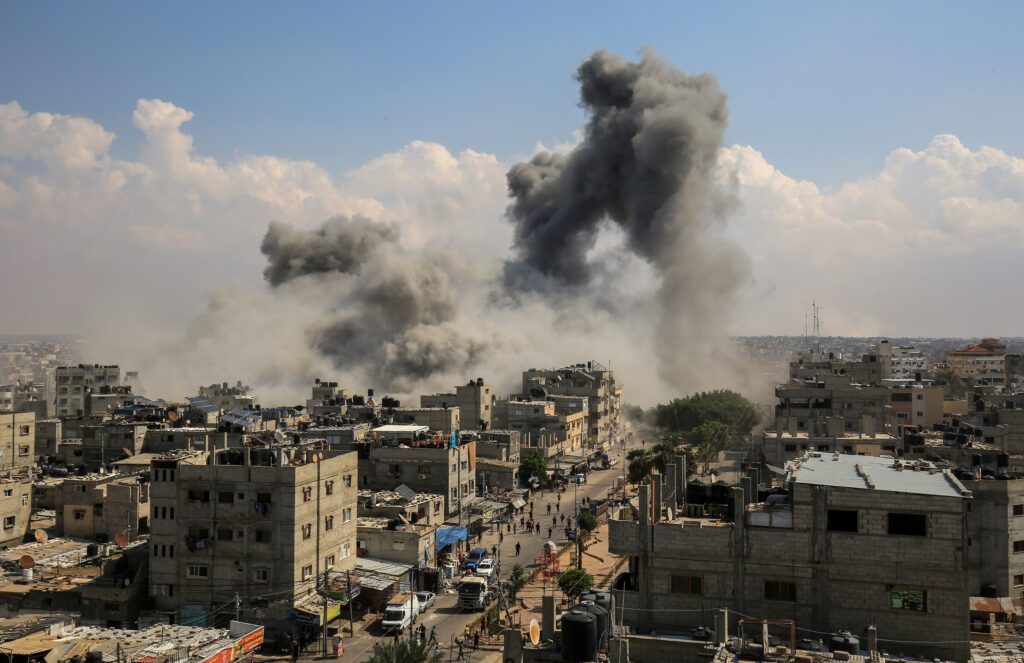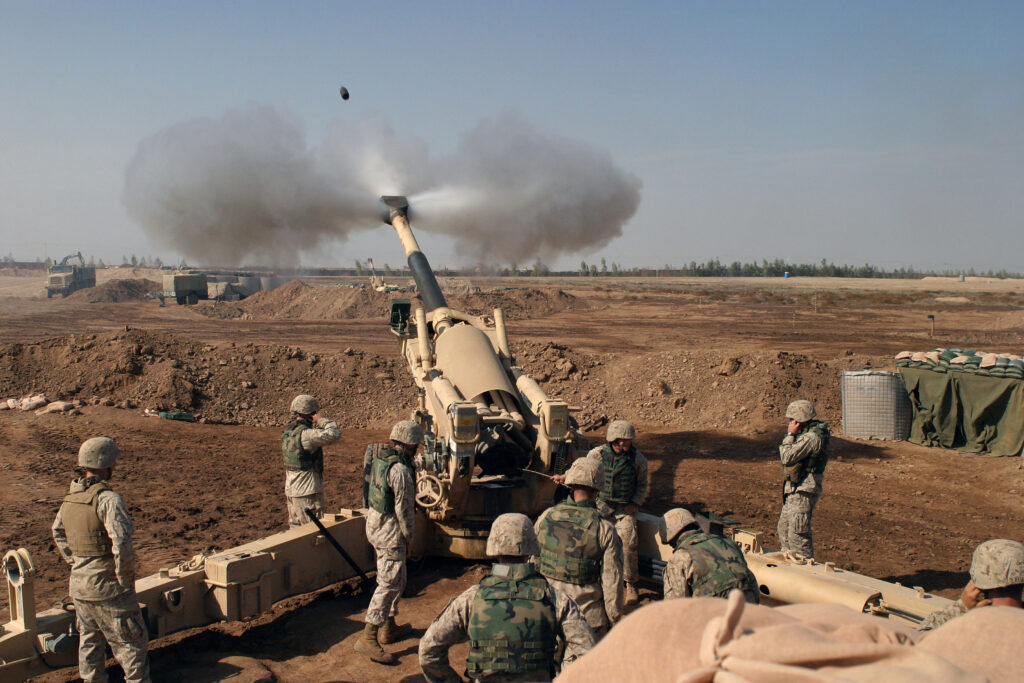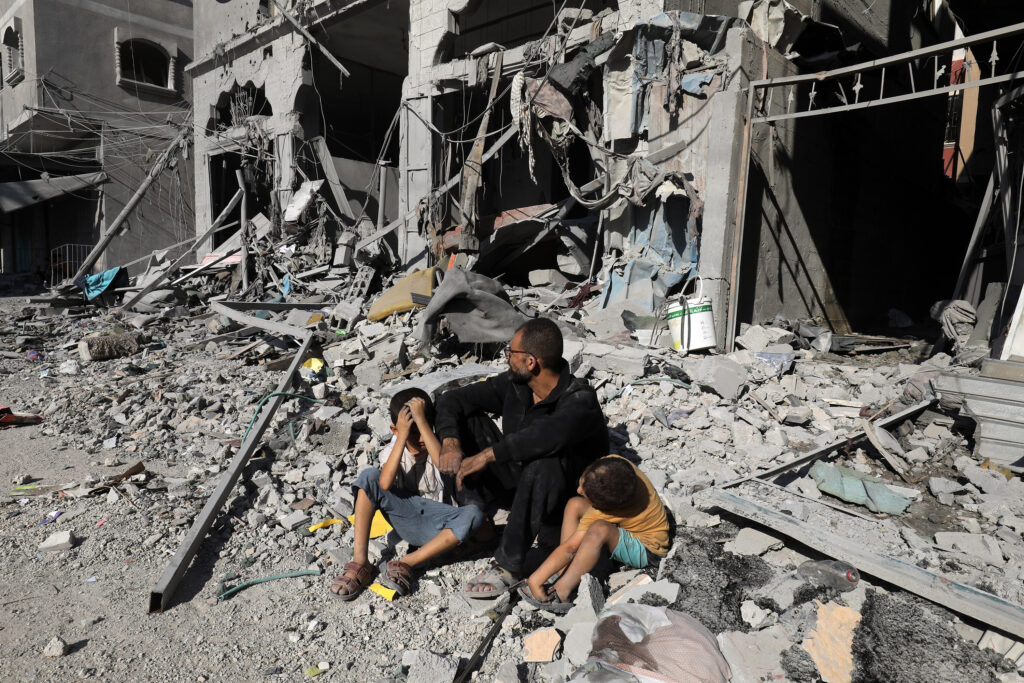
After 9/11, we often heard the phrase “this changes everything.” For Israelis, Hamas’ ghastly attacks against Israeli citizens signal a similar paradigmatic shift.
Hamas is no longer Hamas. Hamas is now ISIS. And just as the U.S., between 2014 and 2018, fought ISIS in Iraq and Syria, Israel is now determined to wage a fierce counterterrorism campaign to destroy Hamas in Gaza.

The “war on terror” has returned to the Middle East.
Many in the west have not fully grasped how traumatic this attack has been. For Israeli and diasporic Jews, the deliberate targeting of noncombatants feels like an attempted Holocaust. Conflict with Hamas is no longer a situation to be managed — as Israel has done since Hamas took over Gaza in 2007 — but a problem to be solved once and for all.
Hamas may not constitute an existential threat, but going forward, Israel will treat it as one. Gone are the days of low-level, tit-for-tat responses. Israel’s goal will not be to degrade Hamas — to “mow the grass” in counterterrorism parlance — but to wage a frontal assault that will eradicate Hamas’ fighters, gut its organization and wipe out its infrastructure.
Destroying Hamas will necessitate a multi-phased operation. In fact, this already has begun, as Israel conducts backdoor negotiations with the Qataris about the return of Israeli hostages. Phase two, in accordance with the Law of Land Warfare, will include the mandatory evacuation of Palestinian civilians from upper Gaza. Once clear, the Israeli Defense Force (IDF) and Special Forces will enter upper Gaza and work systemically — building by building, block by block — to kill or capture Hamas fighters. Intelligence gained though interrogation then will be used to target hot spots that in turn will lead to more kill/capture outcomes, or what is known as a “targeting cycle.” Over time, the goal will be to reduce Hamas to next to nothing.
Meanwhile, phase three, which also has already started, will be a sustained air campaign against major Hamas locations — including the intricate maze of tunnels, stretching for hundreds of kilometers underneath north Gaza, where Hamas hides, stores weapons and plans future attacks.
Phase four, or what happens to Gaza after the fighting stops, is still to be determined. Two historical analogies demonstrate how operations might unfold.

In 2016-17, U.S. and Iraqi troops fought and defeated ISIS in Mosul, the northern Iraqi city, killing 2,500 fighters. However, intense fighting and a relentless air campaign destroyed Mosul virtually beyond recognition. And since ISIS prevented civilians from escaping, the true number of casualties, estimated to be as high as 11,000, may never be known.
The other model is the Second Battle of Fallujah. In November 2004, Fallujah was a Sunni stronghold swarming with al-Qaeda fighters and other insurgents. U.S. Marines were ordered to take it and, after 10 days of fighting, they did. Here too, much of the city was destroyed. But in Fallujah, civilians were strongly encouraged to leave ahead of time. Most did.
So far, Israel has offered the Fallujah model. Palestinians who want to leave upper Gaza can flee to lower Gaza. But when the IDF enters upper Gaza, those who remain are likely to be considered enemy combatants.
However evacuations unfold, this campaign will be difficult for both sides, costly in blood and treasure, and will take a long time. It will not be an occupation so much as a complete takeover. And it is not at all clear that it will work.

For starters, Hezbollah continues to test Israeli security. So far, the Iranian-backed Lebanese militant group seems to have calculated that this is not the right time to open a second front, but that could change. Israel also risks international condemnation, and endless news coverage, of potential human rights abuses and the pending humanitarian crises. Settler violence or Palestinian attacks in the West Bank could further enflame matters.
But Israeli leaders seem ready to take the gamble. The new thinking in Israel is: Hamas must go whatever the cost. The world should take notice. The war on terror has returned with a vengeance.
Krister Knapp is teaching professor and minor adviser in history in Arts & Sciences at Washington University in St. Louis. He is coordinator of the Crisis & Conflict in Historical Perspective series and teaches courses in U.S. national security and foreign policy.